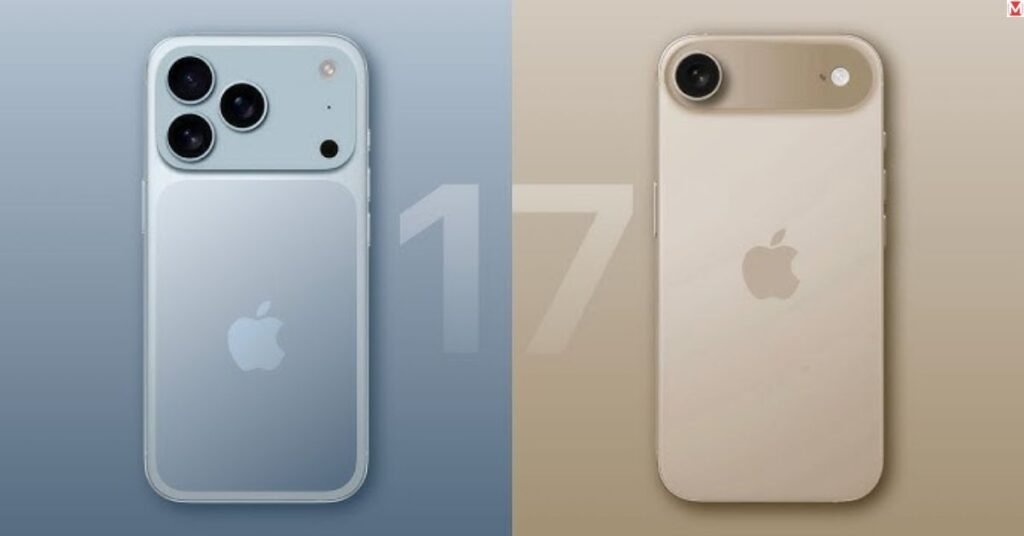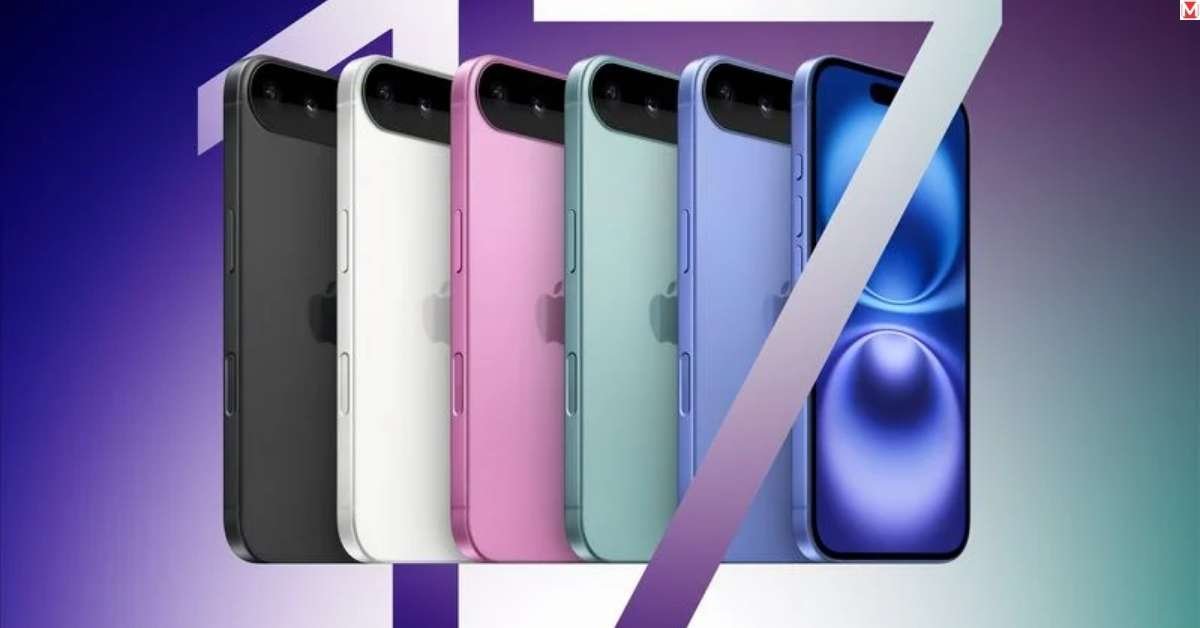
iPhone 17 excitement builds as Apple fans eagerly await the next generation of smartphones. The tech giant’s upcoming flagship device promises groundbreaking features that could reshape the mobile landscape. With whispers of revolutionary design changes and cutting-edge technology, the iPhone 17 launch represents more than just another yearly upgrade.
Apple’s smartphone evolution continues to captivate millions worldwide. The 2025 iPhone series will introduce fresh innovations that address user demands for better cameras, longer battery life, and sleeker designs. Early reports suggest the iPhone 17 will deliver significant improvements across multiple models.
The anticipation grows stronger each day. Tech enthusiasts and casual users alike wonder when they’ll get their hands on Apple’s latest creation. This comprehensive guide explores everything you need to know about the iPhone 17 release timeline and what makes this device special.
iPhone 17 Release: Who's Winning?
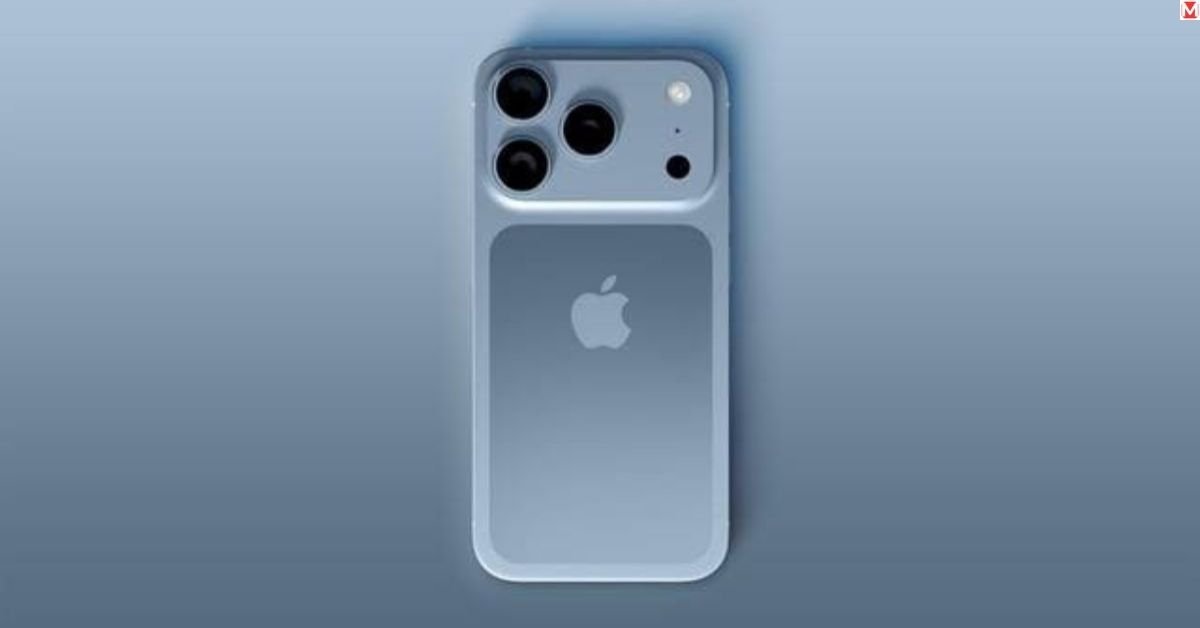
The iPhone 17 launch date follows Apple’s traditional September timeline. Industry sources point to September 9, 2025, as the expected unveiling date. This strategic timing positions Apple ahead of holiday shopping seasons and competitor launches.
Apple’s release strategy demonstrates clear market advantages. The company’s synchronized global launch approach ensures maximum impact across all regions. Unlike Android manufacturers, who stagger releases, Apple creates worldwide excitement simultaneously.
Pre-order momentum already shows promising signs. Historical data reveals iPhone launches consistently outperform competitor devices in initial sales. The iPhone 17 benefits from this established pattern of consumer loyalty and brand trust.
Supply chain superiority gives Apple another winning edge. The company’s manufacturing partnerships with Taiwan Semiconductor and Foxconn ensure smooth production scaling. These relationships help Apple meet demand while competitors struggle with component shortages.
Pricing strategy positions the iPhone 17 Air competitively. Starting prices around $899 make the device accessible to broader audiences. This approach targets mid-tier smartphone buyers who want premium features without flagship costs.
Market analysts predict strong performance based on several factors:
- Pent-up demand from users holding older devices
- Improved economic conditions supporting consumer spending
- Limited compelling alternatives from Samsung and Google
- Apple’s ecosystem advantages driving upgrades
iPhone 17 vs Rivals: Clear Winner?
The smartphone battlefield intensifies as three tech giants prepare for battle. iPhone 17 faces formidable opponents in Samsung’s Galaxy S25 Ultra and Google’s Pixel 10. Each device brings unique strengths to this competitive arena.
Display technology represents a crucial battleground. All iPhone 17 models feature ProMotion 120Hz displays, democratizing this premium feature across the entire lineup. Samsung maintains its established 120Hz advantage, while Google focuses on AI-enhanced visual experiences.
Camera capabilities showcase distinct approaches. The iPhone 17 upgrades to 24-megapixel front cameras across all models, doubling resolution from previous generations. Samsung counters with superior zoom functionality, while Google leverages computational photography leadership.
Design philosophy separates these competitors significantly. iPhone 17 Pro Max adopts a wide camera bar design reminiscent of Google’s Pixel aesthetic. This bold move shows Apple’s willingness to evolve its design language while maintaining premium appeal.
Performance metrics reveal interesting comparisons:
| Feature | iPhone 17 | Galaxy S25 Ultra | Pixel 10 |
|---|---|---|---|
| Processor | A19 Chip | Snapdragon 8 Elite | Google Tensor G5 |
| RAM | Up to 12GB | Up to 16GB | Up to 12GB |
| Display | 120Hz LTPO OLED | 120Hz Dynamic AMOLED | 120Hz OLED |
| Camera | 24MP Front | 12MP Front | 11MP Front |
Software experience differentiates these platforms fundamentally. iOS offers seamless integration across Apple devices, while Android provides customization flexibility. Google’s Pixel delivers pure Android experiences with fastest security updates.
The iPhone 17 camera system emphasizes computational photography improvements. Apple’s Neural Engine processes images faster than competitors, delivering consistently excellent results across various lighting conditions.
Is iPhone 17 the Upgrade Champ?
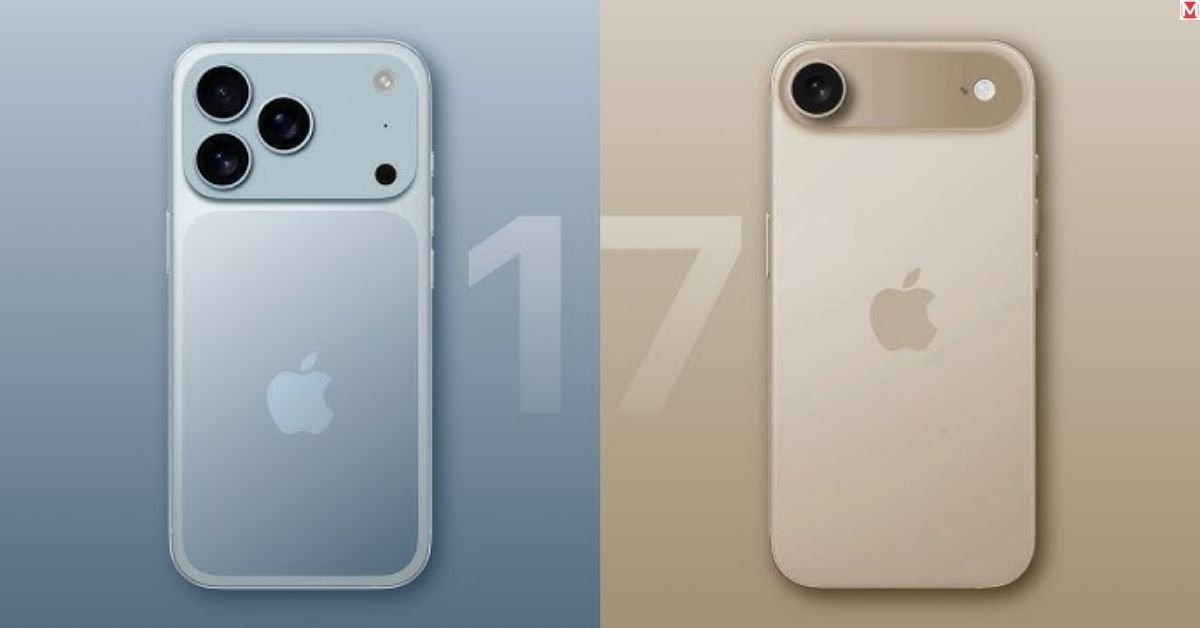
Current smartphone users face compelling upgrade decisions. The iPhone 17 offers substantial improvements over previous generations and competitive alternatives. Understanding upgrade value helps consumers make informed choices.
iPhone 15 and 16 users discover significant enhancements. ProMotion technology now spans all iPhone 17 models, eliminating the premium display restriction. Previously, only Pro models enjoyed 120Hz refresh rates.
Camera upgrades provide noticeable improvements. The 24MP front camera doubles resolution from 12MP predecessors. Selfie enthusiasts and video callers benefit from sharper, more detailed images.
Design evolution introduces the ultra-thin iPhone 17 Air. This model replaces the iPhone Plus, offering a fresh alternative for users seeking lighter devices. The iPhone 17 Air thickness measures just 6.25mm, making it one of the thinnest smartphones available.
Android switchers find compelling reasons to choose iPhone. Apple’s ecosystem integration surpasses Android alternatives. Features like AirDrop, Handoff, and Universal Control work seamlessly across Mac, iPad, and Apple Watch devices.
Longevity advantages make iPhone purchases smarter investments. Apple typically supports devices with iOS updates for 5-7 years, compared to 3-4 years for most Android phones. This extended support period justifies higher initial costs.
Performance improvements benefit all users significantly. The iPhone 17 specs include enhanced processing power, better battery efficiency, and improved thermal management. These upgrades translate to smoother daily usage and better gaming performance.
Key upgrade motivators include:
- Universal ProMotion displays across all models
- Significant front camera resolution improvements
- Ultra-thin design options with iPhone 17 Air
- Extended iOS support timeline
- Superior ecosystem integration
Apple iPhone 17: Hype or Hit?
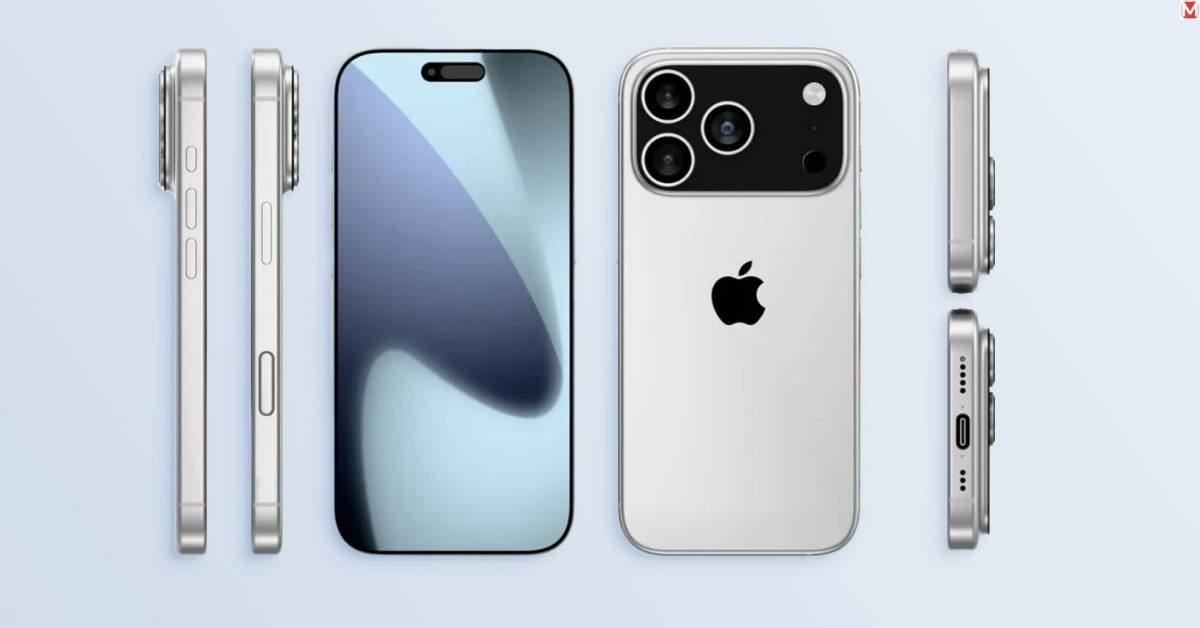
Marketing excitement surrounds every iPhone launch, but substance matters more than spectacle. The Apple iPhone 2025 lineup delivers genuine innovations alongside incremental improvements. Separating reality from marketing helps set proper expectations.
Legitimate innovations justify upgrade enthusiasm. iPhone 17 Air measures just 6.25mm thick, representing a significant engineering achievement. This ultra-thin profile challenges manufacturing limitations while maintaining structural integrity.
Camera bar design marks a bold aesthetic departure. The wide camera layout draws inspiration from Google’s Pixel series. This design change shows Apple’s willingness to evolve beyond traditional camera bump configurations.
Universal ProMotion democratizes premium display technology. 120Hz refresh rates now appear across all iPhone 17 models. Previously reserved for Pro variants, this feature enhances user experience for all customers.
Incremental updates temper excessive expectations. Processor improvements follow predictable yearly patterns. The A19 chip delivers expected performance gains without revolutionary breakthroughs.
Connectivity limitations persist despite improvements. iPhone 17 continues using Qualcomm 5G modems rather than Apple-designed alternatives. This dependency limits Apple’s control over 5G implementation and costs.
Memory improvements address user demands. Standard iPhone 17 models include 8GB RAM, while Pro variants offer 12GB. These increases support Apple Intelligence features and improved multitasking.
Market reality requires balanced assessment. Consumer spending patterns affect upgrade cycles. Economic pressures make users more selective about smartphone purchases, demanding clear value propositions.
The iPhone 17 features represent evolution rather than revolution. Apple focuses on refinement and user experience improvements over flashy new technologies.
iPhone 17 Wins Big in 2025?
Market dominance requires more than good products. The iPhone 17 leverages multiple strategic advantages to capture significant market share. Understanding these factors explains Apple’s continued smartphone leadership.
Ecosystem advantages create powerful customer retention. Mac, iPad, Apple Watch, and AirPods integration provides seamless user experiences. Competitors struggle to match this comprehensive device interconnectivity.
Brand loyalty remains Apple’s strongest asset. Premium positioning maintains desirability among affluent consumers. The iPhone continues to represent status and quality in global markets.
Retail presence supports sales success. Apple Stores provide exceptional customer service and hands-on product experiences. This retail network advantage helps convert interest into purchases.
Technical differentiators set iPhone apart from competitors. iPhone 17 Air replaces the iPhone Plus, offering fresh options for different user preferences. This model diversification addresses varied market segments.
Display innovation spans the entire lineup. LTPO OLED technology enables ProMotion across all iPhone 17 models. This democratization of premium features strengthens value propositions.
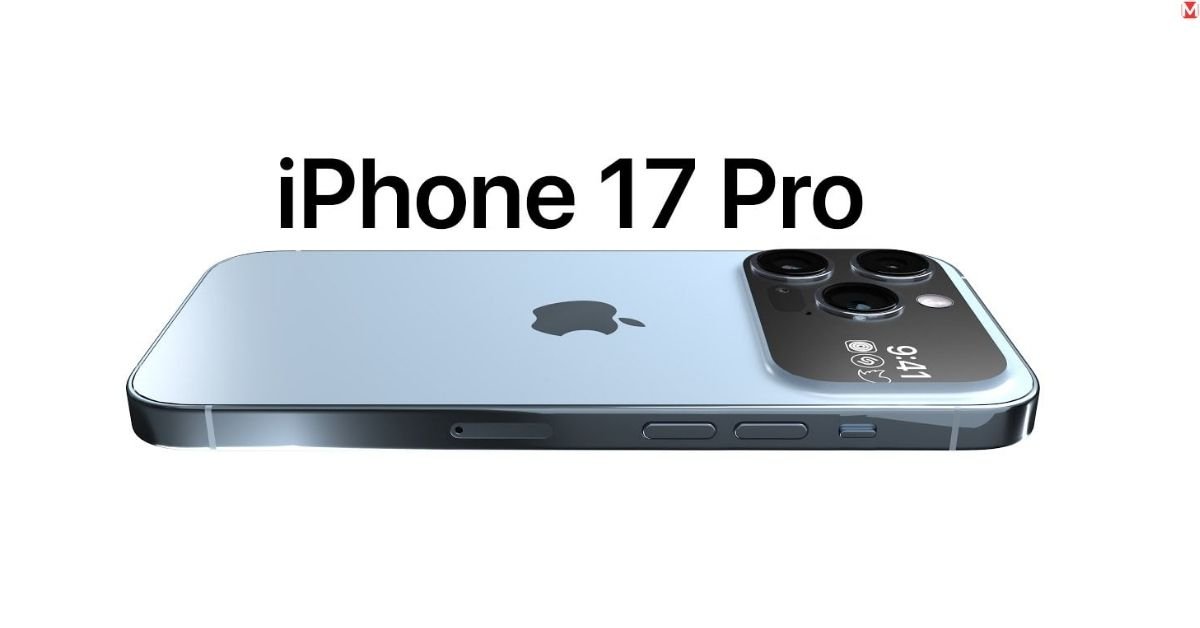
International strategy expands market reach. Apple adapts products for regional preferences and regulations. The iPhone 17 colors and configurations vary by market to maximize appeal.
Success factors supporting strong sales include:
- Comprehensive ecosystem integration advantages
- Strong brand loyalty and premium positioning
- Extensive global retail network presence
- Diversified model lineup addressing various segments
Upgrade cycles favor iPhone 17 timing. Many users hold devices for 3-4 years, creating natural replacement demand. Economic recovery supports discretionary spending on premium devices.
Why iPhone 17 Might Outsell All
Sales predictions favor Apple’s latest flagship for multiple compelling reasons. The iPhone 17 combines technological advancement with strategic market positioning. These elements create conditions for exceptional commercial success.
Consumer psychology drives upgrade decisions beyond pure specifications. iPhone ownership represents social status and technological sophistication. This psychological appeal transcends rational purchase considerations.
Technical superiority manifests in several key areas. iPhone 17 battery life improvements result from A19 chip efficiency gains. Users experience longer usage periods between charges, addressing primary smartphone concerns.
Camera excellence continues Apple’s photography leadership. The 24MP sensor incorporates six plastic lens elements for improved image quality. Professional and casual photographers appreciate these enhancements.
Build quality maintains Apple’s premium reputation. Titanium and aluminum construction provide durability while reducing weight. These materials justify higher prices through tangible benefits.
Market timing aligns perfectly with economic conditions. Consumer spending power recovery supports premium purchases. The iPhone 17 pricing strategy balances accessibility with profitability.
READ MORE ABOUT: Apple iPhone launch event 2025
The holiday season impact amplifies sales potential. iPhone launches coincide with gift-giving periods, driving additional purchase volume. Corporate and family gift purchases boost overall demand.
Trade-in programs reduce upgrade barriers. Apple’s device exchange options lower effective purchase prices. These programs encourage upgrades while supporting environmental sustainability.
The iPhone 17 display quality surpasses previous generations significantly. Enhanced brightness, color accuracy, and refresh rates improve user experiences across all usage scenarios.
Competitor weaknesses create market opportunities. Samsung faces component supply challenges, while Google struggles with hardware manufacturing scale. These competitive disadvantages benefit Apple’s market position.
Frequently Asked Questions
When will the iPhone 17 be released in the US?
The iPhone 17 launch date is expected to be September 9, 2025, with pre-orders starting shortly after the announcement and general availability beginning in late September 2025.
How much will the iPhone 17 cost?
iPhone 17 pricing starts around $899 for the iPhone 17 Air model, while iPhone 17 Pro and iPhone 17 Pro Max will likely cost $999 and $1,199, respectively.
What are the main iPhone 17 features?
Key features include 120Hz ProMotion displays across all models, 24MP front cameras, ultra-thin iPhone 17 Air design, improved A19 chip performance, and enhanced camera bar design.
Will the iPhone 17 have better battery life?
Yes, the iPhone 17 battery life improves through more efficient A19 chip technology and optimized power management, providing longer usage between charges.
What colors will the iPhone 17 come in?
iPhone 17 colors will likely include traditional options like Space Black, Silver, and Gold, plus new seasonal colors that Apple typically introduces with each generation.
Conclusion
iPhone 17 represents Apple’s continued commitment to smartphone innovation and user experience excellence. The device combines meaningful upgrades with strategic positioning to capture significant market share. From universal ProMotion displays to ultra-thin design options, the iPhone 17 addresses user demands while maintaining premium appeal.
The competitive landscape favors Apple’s approach to integrated hardware and software development. While Samsung and Google offer compelling alternatives, the iPhone 17’s ecosystem advantages and build quality create lasting value propositions. The September 2025 launch timing positions Apple perfectly for holiday sales success.
